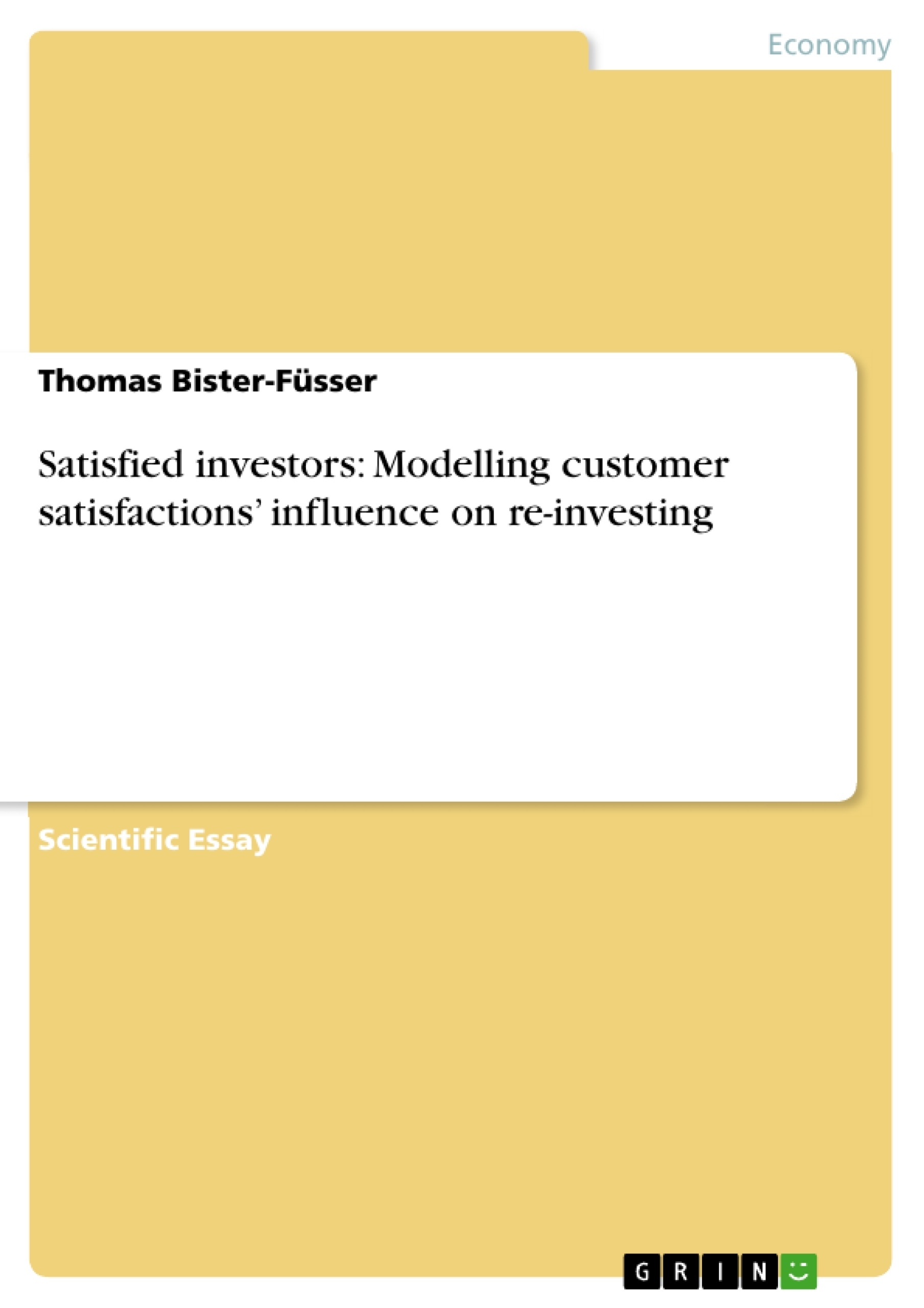Literature has amassed a considerable number of models trying to explain behaviour. Behavioural models stressing learning and the importance of stimulus-response patterns exist besides models favouring psychological variables like personality and attitudes when it comes to the explanation of behaviour. Especially personality traits gained some prominence in explaining behaviour. Other models highlight situational factors and their influence on rational decision making while a final set of models is concerned with individual’s motives and other variables inherent to actors and not visible to the outside world.
Most economic models assume actors to be rational and furthermore assume that – given particular circumstances or situational variables only one course of action is feasible or rational. Restrictions to this model have been made by authors that highlight individual decisions’ dependency on the way the respective individuals see reality, i.e. the way they frame their decision problem. For example, an economist of Keynesian origin will come-up with completely different solutions when he addresses the problem of general demand as by contrast will a libertarian economist raised in the heredity of F. A. Hayek’s teachings. Thus, subjective rationality depends on circumstances (and preferences) and accordingly, it becomes interesting to look at the circumstances surrounding and influencing individual decision-making. Icek Ajzen and Martin Fishbein have done so and suggested a model for explaining individual behaviour based on a number of variables which will be elaborated in the course of this paper. Furthermore, Engel, Blackwell and Miniard proposed an elaborate model designed to explain customer’s decision making. This model will also be discussed in the remainder of this paper the aim of which is to provide a model capable of explaining investors decisions and the place “customer satisfaction” can take within such a model. To do so, the next chapter will elaborate the two models designed to explain individual behaviour mentioned so far. This done, the following chapter will look into the properties of customer satisfaction and use the identified properties to fit it into the theoretical model elaborated in the previous chapter. The paper ends with a summary and a short discussion of the way the developed model can be used in research.
Inhaltsverzeichnis (Table of Contents)
- Introduction: Modelling behaviour
- Modelling Consumer Behavior
- Consumer's choice as planned behaviour
- The Environment of consumer's choice
- Customer satisfaction
- Summary
- References
Zielsetzung und Themenschwerpunkte (Objectives and Key Themes)
This paper aims to develop a model that explains investors' decisions, specifically focusing on the influence of customer satisfaction on re-investment behavior. It analyzes existing models of individual behavior and incorporates the concept of customer satisfaction to enhance the model's explanatory power.
- Modeling consumer behavior and decision-making
- The impact of customer satisfaction on investment decisions
- The role of perceived behavioral control and self-efficacy in risk-taking
- The limitations of existing models in accounting for situational variables
- The potential application of the developed model in research
Zusammenfassung der Kapitel (Chapter Summaries)
- Introduction: Modelling behaviour: This chapter examines various models explaining human behavior, including those focused on learning, personality, situational factors, and motives. It highlights the limitations of the rational actor model and emphasizes the need for a more nuanced understanding of individual decision-making.
- Modelling Consumer Behavior: This chapter presents two prominent models of consumer behavior: the theory of planned behavior and the model of consumer decision making. It discusses the rational actor model and its limitations, emphasizing the role of information, preferences, heuristics, and biases in shaping consumer choices.
- Consumer's choice as planned behaviour: This section focuses on the theory of planned behavior, an extension of the theory of reasoned action, which acknowledges the limitations of complete volitional control in decision-making. It emphasizes the importance of intentions, motivation, ability, and perceived behavioral control in explaining consumer choices.
Schlüsselwörter (Keywords)
This paper focuses on key concepts such as consumer behavior, investor decisions, customer satisfaction, perceived behavioral control, self-efficacy, risk tolerance, and the limitations of existing models. It explores the potential of a comprehensive model to explain investors' decisions and the role of customer satisfaction in influencing re-investment behavior.
- Arbeit zitieren
- Thomas Bister-Füsser (Autor:in), 2011, Satisfied investors: Modelling customer satisfactions’ influence on re-investing, München, GRIN Verlag, https://www.grin.com/document/170283



